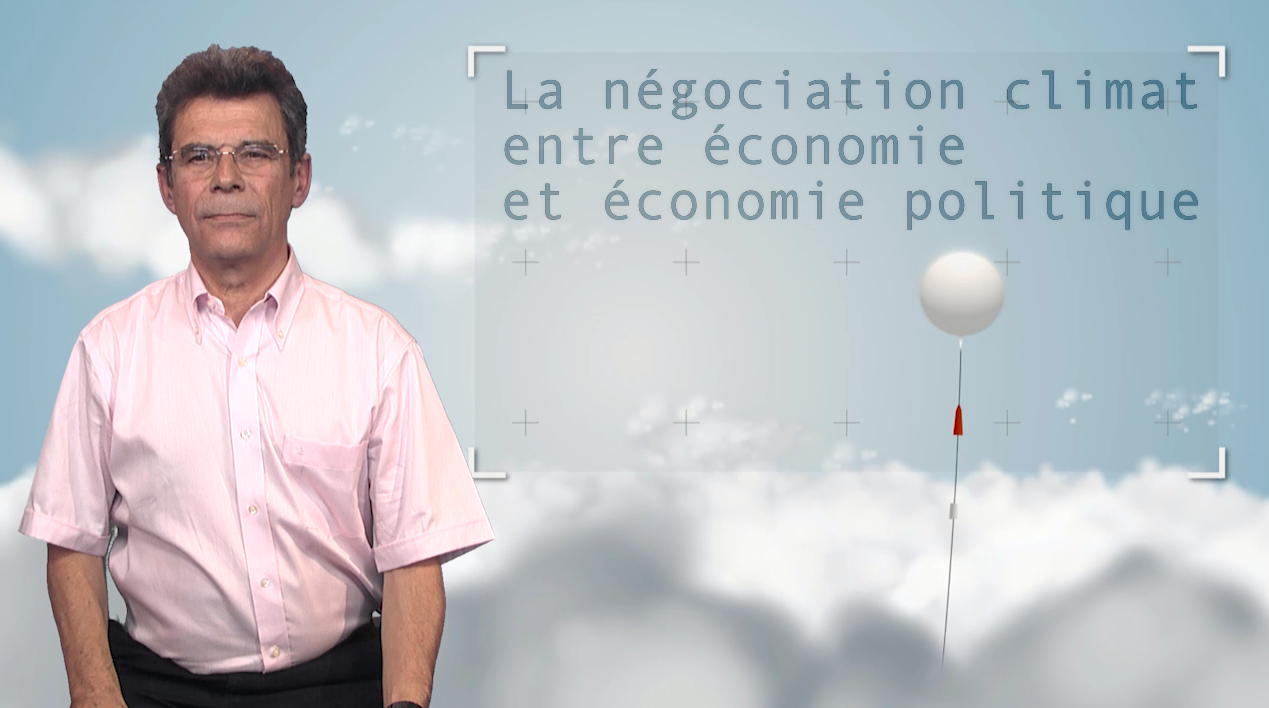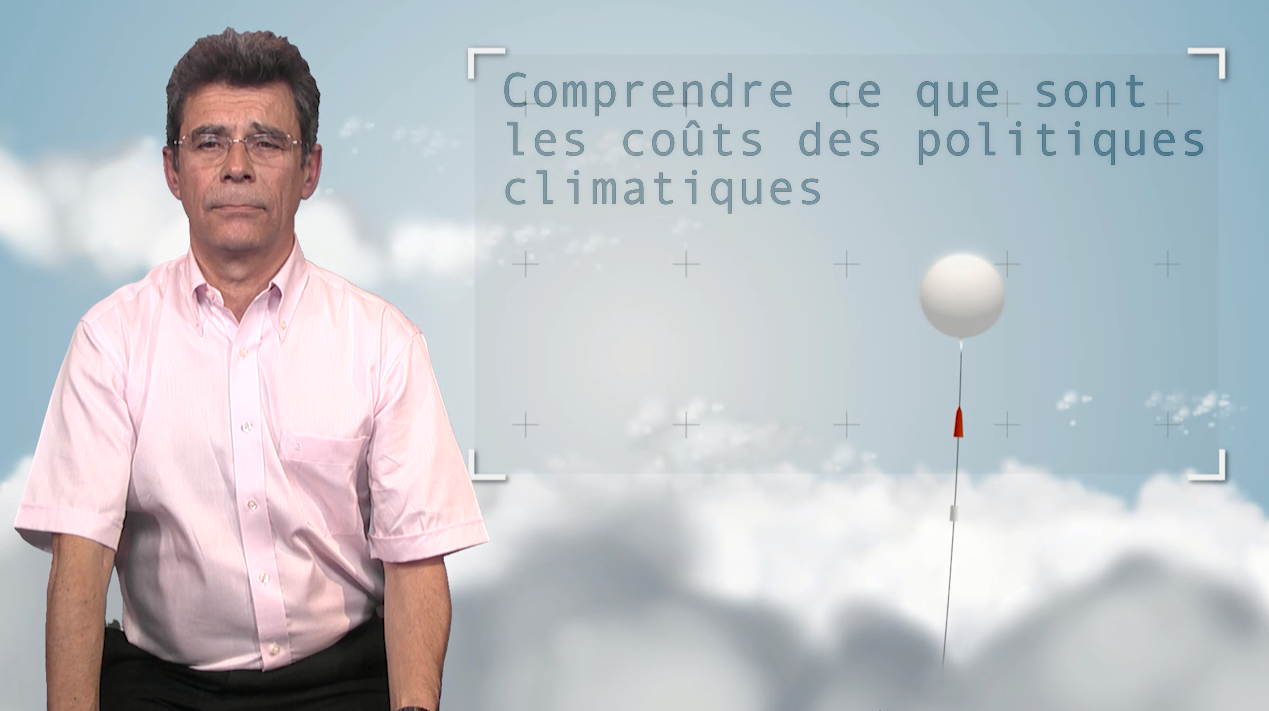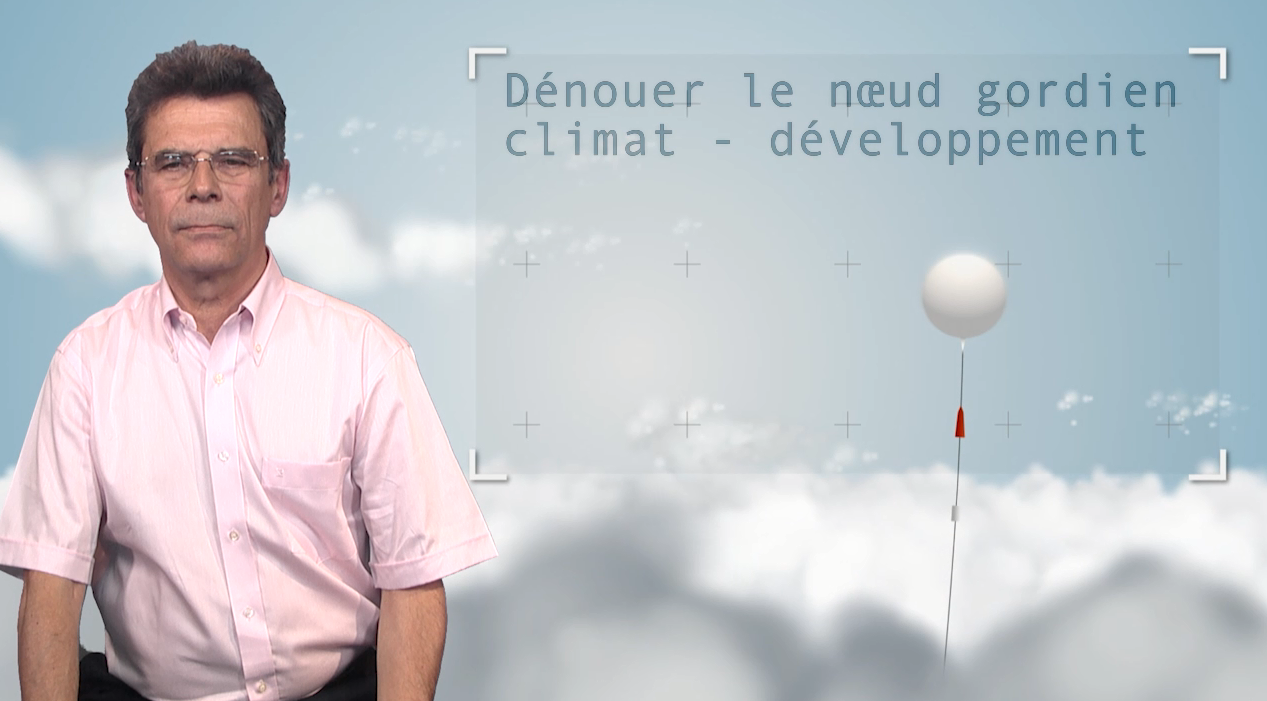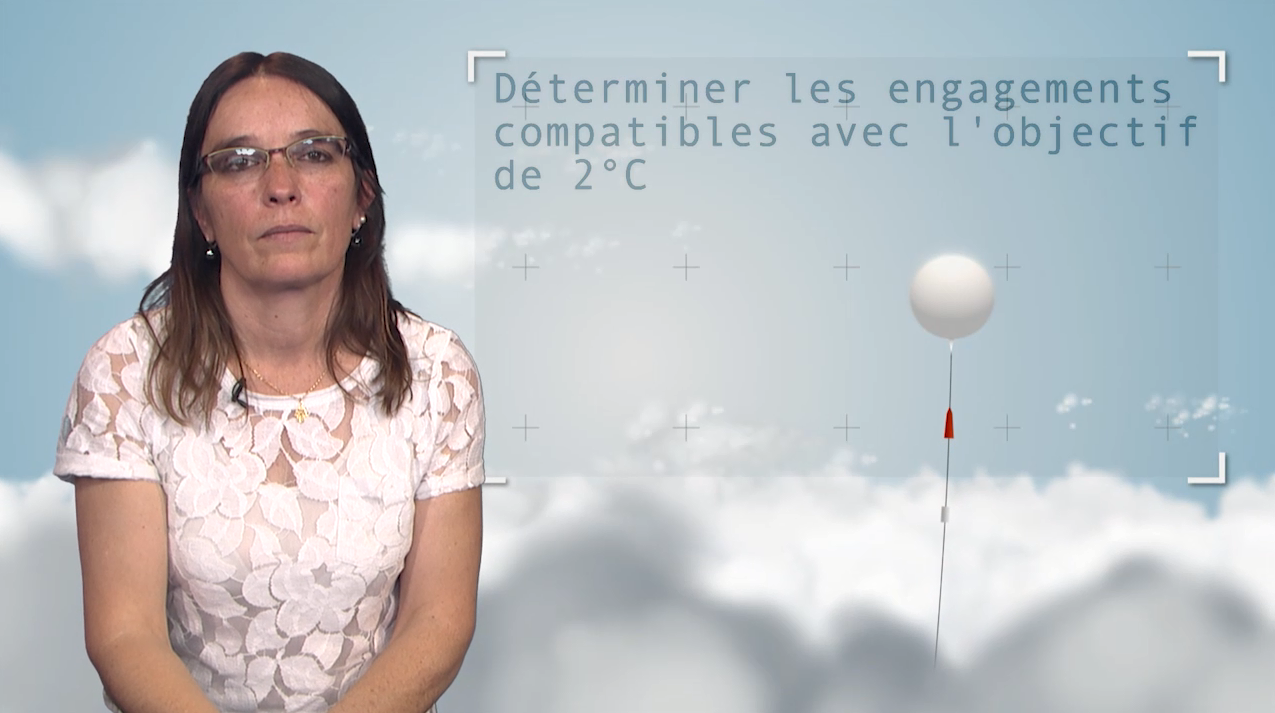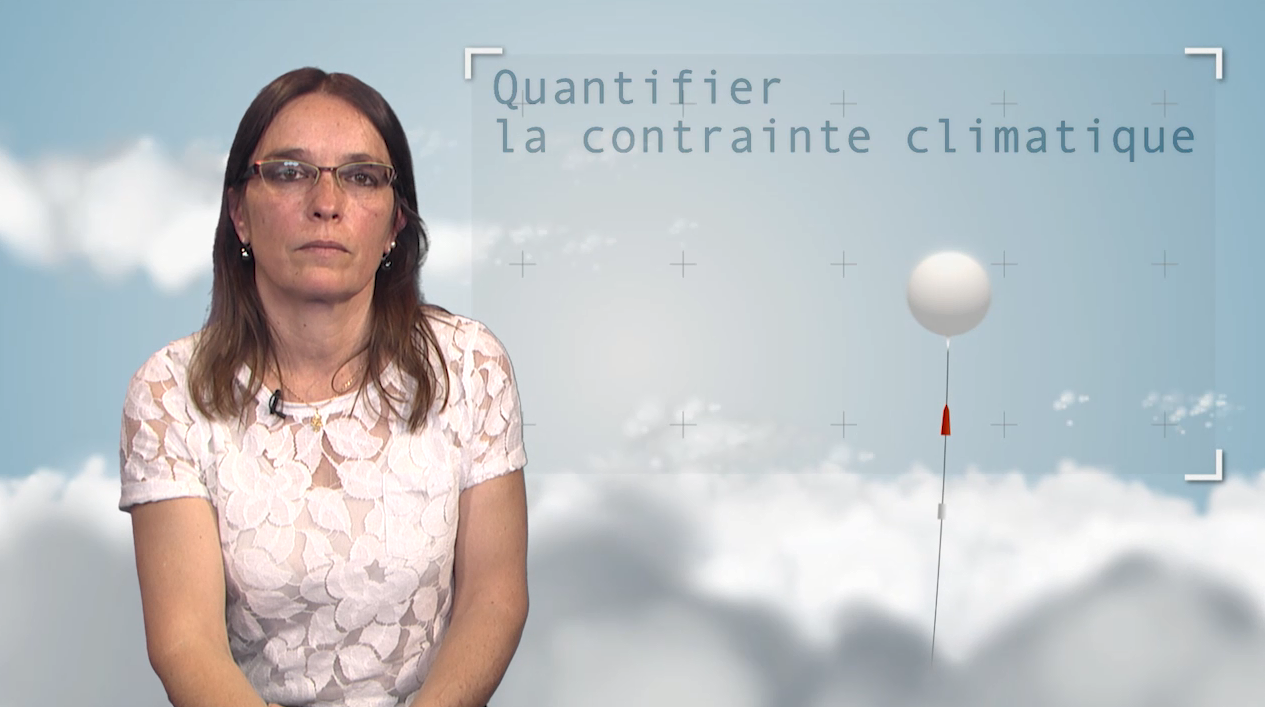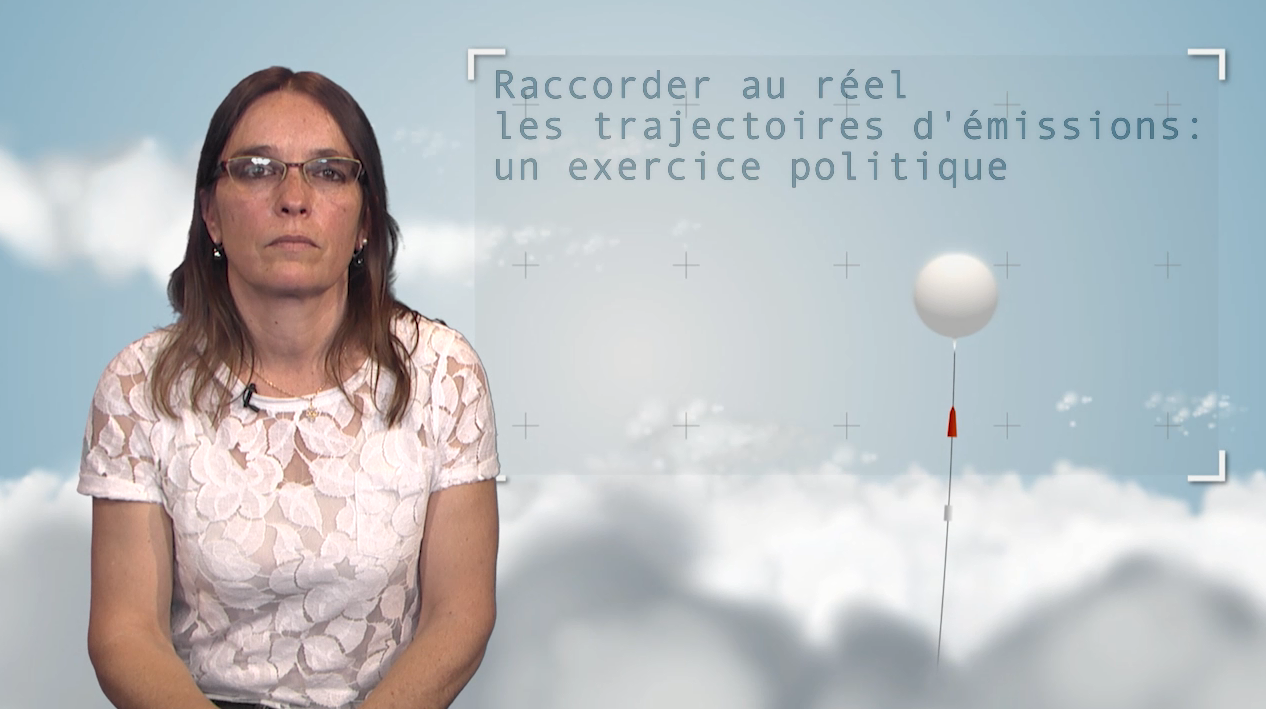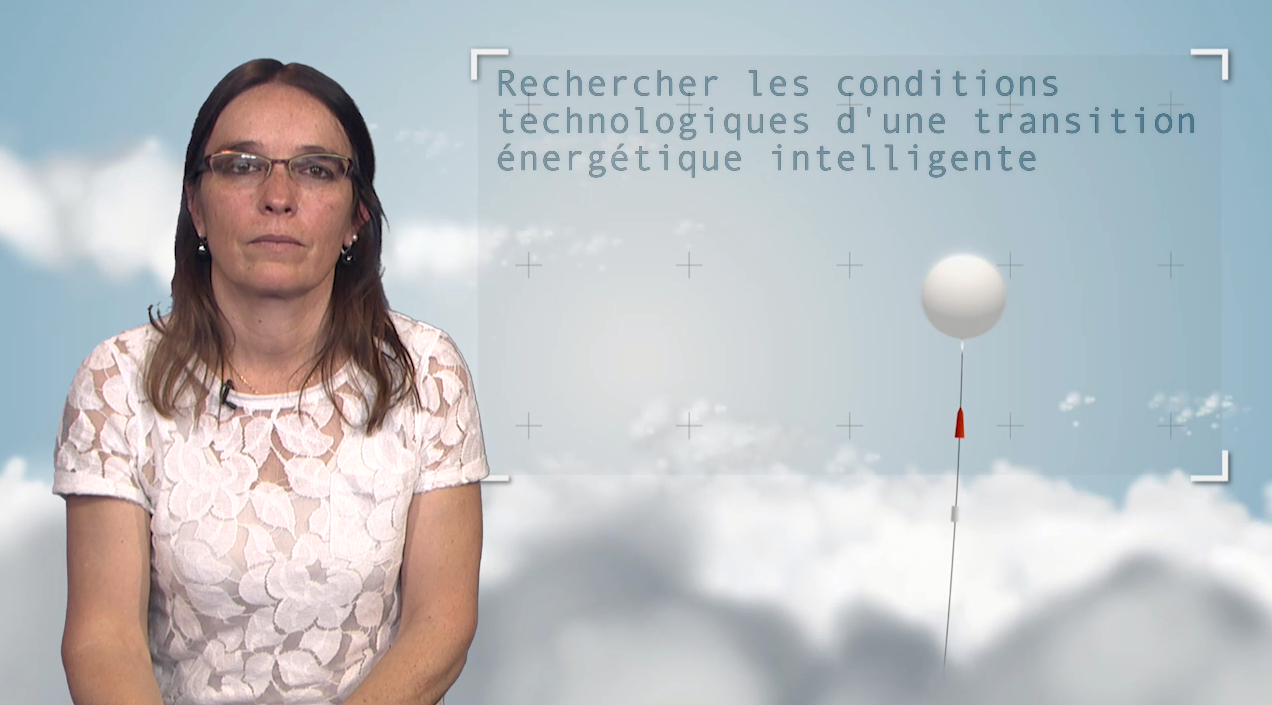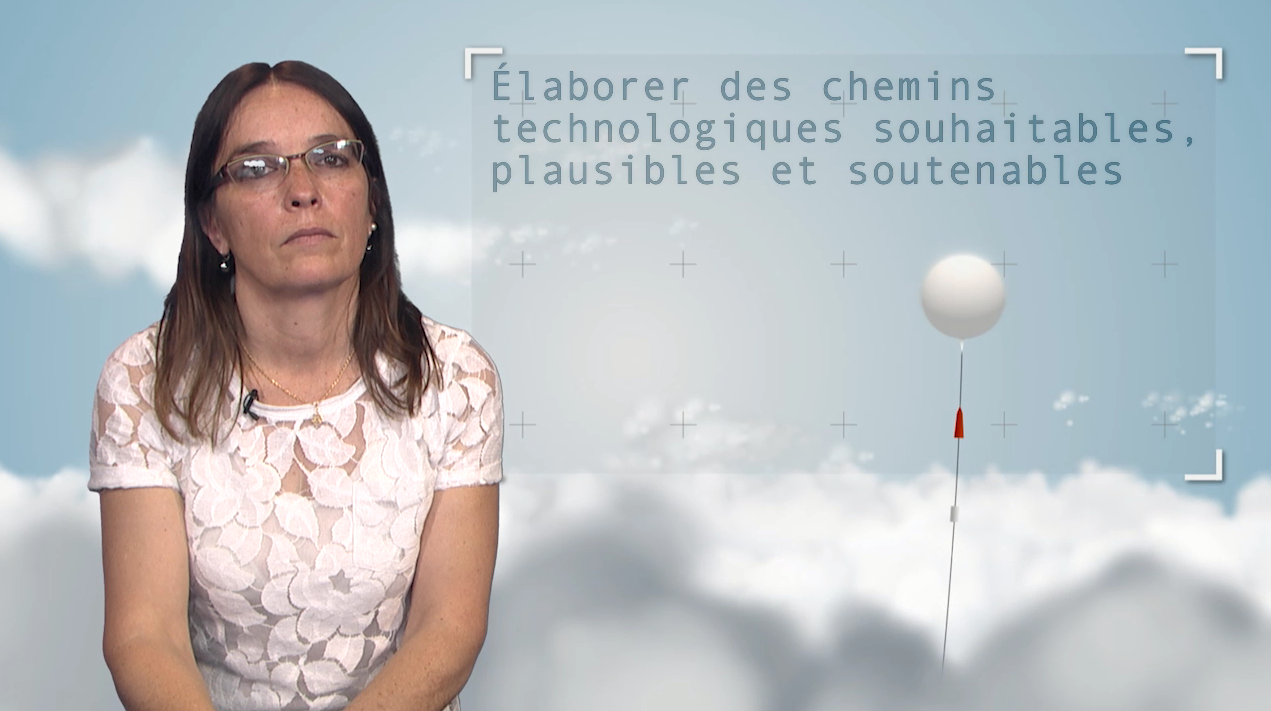Notice
EN-3. Drawing up desirable, plausible and supportable technological avenues
- document 1 document 2 document 3
- niveau 1 niveau 2 niveau 3
Descriptif
Nadia Maïzi presents the two main kinds of approach that can be used for the climate negotiation: the top-down approach, which dominated with the Kyoto Protocol, and the bottom-up approach, which the current negotiation is contructed on. To understand this, she shows their involvements for the different groups of countries of the world.
Intervention / Responsable scientifique
Dans la même collection
-
EN-7. Climate negotiations between economics and political economy
HourcadeJean-CharlesJean-Charles Hourcade recounts the history of the climate negotiation, from the first simulations related to the climate change up to now. He shows the role played by the different countries or groups
-
EN-5. Understanding the costs of climate policies
HourcadeJean-CharlesJean-Charles Hourcade discusses about the possibility of a carbon price, about its interests but also about its limits and difficulties regarding its implementation. Then he analyses the three tools
-
EN-8. Unravelling the complex issues of climate and development
HourcadeJean-CharlesJean-Charles Hourcade highlights the disparities regarding the development between the states and discusses, in this context, about the conditions of implementation of a fair and realistic climate
-
EN-6. Finding the technological conditions for a smart energy transition
MaïziNadiaNadia Maïzi talks about the technical feasibility of an energy transition. She gives the exemple of La Réunion island, which wants to be 100% renewable in 2030. Thanks to a simulation model, she shows
-
EN-4. Pinpointing the commitments compatible with the 2°C climate target
MaïziNadiaNadia Maïzi presents a model that enables to check the compatibility of the voluntary commitments sent by the states on the occasion of the COP 21 with the 2°C objective.
-
EN-1. Quantifying climate problems
MaïziNadiaNadia Maïzi talks about some key notions we have to know to really understand the climate negotiation: the choice of indicators, the diversity of greenhouse gases, the evolution of their emissions in
-
EN-2. Grounding emissions trajectories: a political process
MaïziNadiaNadia Maïzi explains what the emissions trajectories of greenhouse gases are, from the Business as usual scenario to the scenarios that are associated to the 2°C objective. She discusses about the
-
4. Déterminer les engagements compatibles avec l'objectif de 2°C
MaïziNadiaDans cette vidéo, Nadia Maïzi présente un modèle qui permet de vérifier la compatibilité ou non des engagements volontaires transmis par les Etats à l'occasion de la COP21 avec l'objectif des 2°C.
-
7. La négociation climat entre économie et économie politique
HourcadeJean-CharlesDans cette vidéo, Jean-Charles Hourcade retrace l'histoire de la négociation climatique des premières simulations relatives au changement climatique à aujourd'hui. Il montre quel rôle ont joué les
-
2. Raccorder au réel les trajectoires d'émissions : un exercice politique
MaïziNadiaDans cette vidéo, Nadia Maïzi explique ce que sont les trajectoires d'émissions des gaz à effet de serre, du scénario Business as usual aux scénarios associés à l'objectif des 2°C. Elle discute de l
-
5. Comprendre ce que sont les coûts des politiques climatiques
HourcadeJean-CharlesDans cette vidéo, Jean-Charles Hourcade discute de la possibilité d'un prix du carbone, de ses intérêts mais aussi de ses limites et de ses difficultés en matière de mise en oeuvre. Il analyse ensuite
Avec les mêmes intervenants et intervenantes
-
EN-6. Finding the technological conditions for a smart energy transition
MaïziNadiaNadia Maïzi talks about the technical feasibility of an energy transition. She gives the exemple of La Réunion island, which wants to be 100% renewable in 2030. Thanks to a simulation model, she shows
-
EN-2. Grounding emissions trajectories: a political process
MaïziNadiaNadia Maïzi explains what the emissions trajectories of greenhouse gases are, from the Business as usual scenario to the scenarios that are associated to the 2°C objective. She discusses about the
-
EN-4. Pinpointing the commitments compatible with the 2°C climate target
MaïziNadiaNadia Maïzi presents a model that enables to check the compatibility of the voluntary commitments sent by the states on the occasion of the COP 21 with the 2°C objective.
-
EN-1. Quantifying climate problems
MaïziNadiaNadia Maïzi talks about some key notions we have to know to really understand the climate negotiation: the choice of indicators, the diversity of greenhouse gases, the evolution of their emissions in
-
4. Déterminer les engagements compatibles avec l'objectif de 2°C
MaïziNadiaDans cette vidéo, Nadia Maïzi présente un modèle qui permet de vérifier la compatibilité ou non des engagements volontaires transmis par les Etats à l'occasion de la COP21 avec l'objectif des 2°C.
-
2. Raccorder au réel les trajectoires d'émissions : un exercice politique
MaïziNadiaDans cette vidéo, Nadia Maïzi explique ce que sont les trajectoires d'émissions des gaz à effet de serre, du scénario Business as usual aux scénarios associés à l'objectif des 2°C. Elle discute de l
-
6. Rechercher les conditions technologiques d'une transition énergétique intelligente
MaïziNadiaDans cette vidéo, Nadia Maïzi discute de la faisabilité technologique d'une transition énergétique. Elle prend l'exemple de l'île de La Réunion qui souhaite être 100% renouvelable en 2030. Grâce à un
-
3. Elaborer des chemins technologiques souhaitables, plausibles et soutenables
MaïziNadiaDans cette vidéo, Nadia Maïzi présente les deux grands types d'approches qui peuvent être mobilisées pour la négociation climatique : l'approche top-down, qui a dominé avec le protocole de Kyoto, et l
-
1. Quantifier la contrainte climatique
MaïziNadiaDans cette vidéo, Nadia Maïzi rappelle quelques notions clés qu'il est important de bien avoir à l'esprit pour bien comprendre la négociation climatique : le choix des indicateurs (tonnes équivalent


